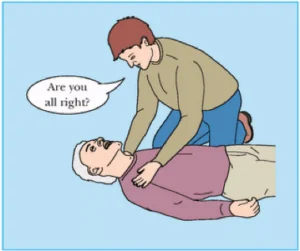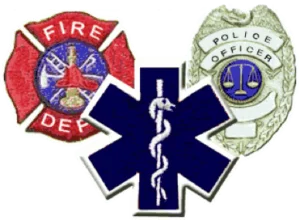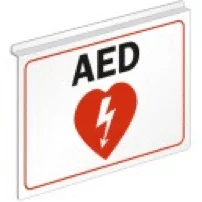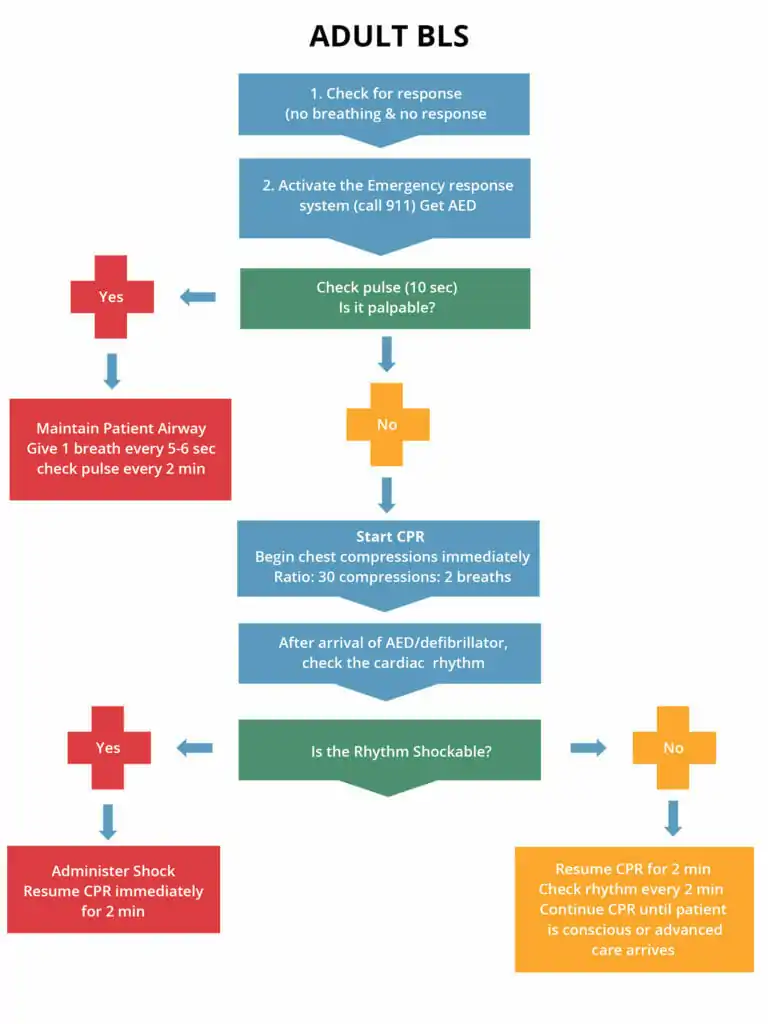Course II: BLS and ACLS – Quick Overview
Cardiopulmonary arrest or cardiac arrest occurs when the heart stops beating and blood
circulation is terminated due to abnormalities of the heart. There are two approaches
of resuscitation of a person in cardiac arrest; BLS and if needed the ACLS approach.
Video Demonstration
BLS and ACLS – Quick Overview
BLS
Basic life support is the initial response to a cardiac arrest and focuses on CPR and
defibrillation. Advanced IV administration of drugs or advanced airway is not needed in BLS
survey.
BLS has these components: Airway (A), Breathing (B), Chest compressions (C) and
Defibrillation (D). The goal of BLS is to reinstate circulation, oxygenation and
ventilation by focusing on CPR and defibrillation until the return of spontaneous
circulation (ROSC). Before starting CPR, first always check if the scene
is safe.
BLS Survey
| STEPS | ASSESSMENT | TECHNIQUE/ACTION | |
|---|---|---|---|
| 1 | Check for response |
|
 |
| 2 | Activate the emergency response system and get AED |
|
 |
| 3 | Circulation |
|
|
| 4 | Defibrillation |
|
 |
The following is the Basic Life Support Algorithm:

ACLS
Once the BLS primary survey is conducted the patient is then moved to the next level of care which is the ACLS. Advanced Cardiac Life Support is used after ineffective BLS or if there is a conscious patient who needs advance medical attention. The main goal of ACLS is to provide a more invasive procedure, advance assessment, proper management techniques, and differential diagnosis for the overall health of the patient.
ACLS Survey
| ASSESSMENT | TECHNIQUE/ACTION |
|---|---|
Airway
|
In an unconscious patient use the following to sustain airway patency:
If needed use the following advanced airway management:
To minimize interruptions of CPR and ventilation, insert airway quickly
Ensure the device is stabilized Use quantitative waveform capnography to Ensure monitor is placed correctly |
Breathing
|
Give supplementary oxygen when needed:
|
Circulation
|
|
Differential Diagnosis
|
THE H’S:
THE T’S:
|
You have completed Course I. Now you should be able to: